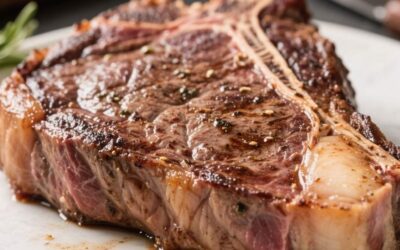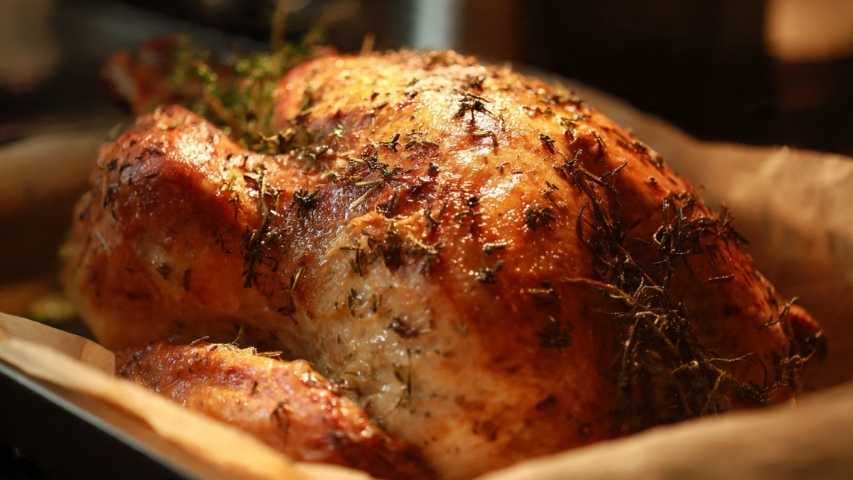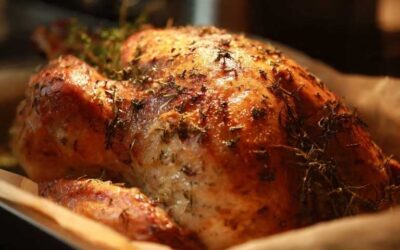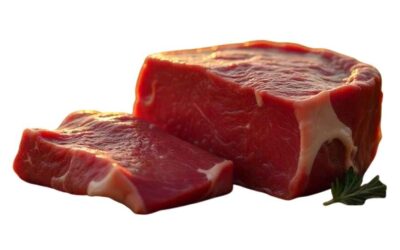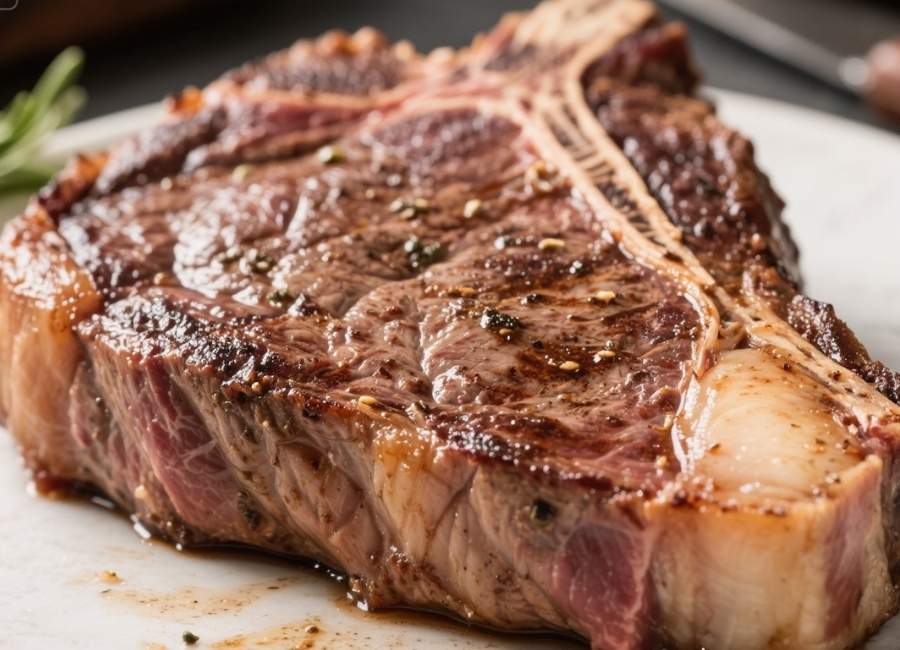A 16-ounce ribeye steak contains approximately 1,344 calories. (How Many Calories In a 16 oz Ribeye Steak?, n.d.) This popular cut of beef packs serious nutritional value alongside its rich flavor, but understanding the calorie content helps you make informed dietary choices.
Ribeye steaks are among the most calorie-dense cuts of beef due to their high fat content and marbling. The exact calorie count can vary based on preparation method, trimming, and the specific grade of beef. However, the standard calculation shows that a raw 16-oz ribeye contains about 84 calories per ounce. (Ribeye Steak Calories and Nutrition (100g), n.d.)
This comprehensive guide breaks down everything you need to know about ribeye steak calories, nutritional benefits, and how to fit this protein-rich food into your meal planning.
Understanding Ribeye Steak Nutrition
Ribeye steaks deliver more than just calories. A 16-oz serving provides substantial amounts of protein, vitamins, and minerals your body needs.
Macronutrient Breakdown
Here’s what you get in a 16-oz ribeye steak:
- Calories: 1,344
- Protein: 96 grams
- Fat: 104 grams
- Carbohydrates: 0 grams (16 oz. Ribeye Steak Nutrition Facts, n.d.)
The high protein content makes ribeye an excellent choice for muscle building and recovery. The fat content, while significant, includes both saturated and monounsaturated fats that support various bodily functions.
Key Vitamins and Minerals
Ribeye steak delivers essential micronutrients:
- Iron: Supports oxygen transport and energy production
- Zinc: Boosts immune function and wound healing
- Vitamin B12: Critical for nerve function and red blood cell formation
- Niacin (B3): Helps convert food into energy
- Selenium: Acts as an antioxidant
Factors That Affect Calorie Content
Several variables influence the exact calorie count in your 16-oz ribeye steak.
Grade of Beef
USDA Prime ribeyes contain more marbling than Choice or Select grades. This extra fat increases the calorie density. Prime grade steaks can contain 10-15% more calories than Select grade cuts. (Mortensen et al., 2024)
Trimming and Preparation
How you prepare your steak matters:
- Trimmed ribeye: Removing visible fat reduces calories by 50-100 calories per serving
- Bone-in vs. boneless: Bone-in ribeyes have slightly fewer calories per ounce of actual meat
- Cooking method: Grilling allows fat to drip away, while pan-frying in oil adds calories
Portion Accuracy
Restaurant portions often exceed 16 oz. Many steakhouses serve 20-24 oz ribeyes, which can contain 1,680-2,016 calories. Always verify actual portion sizes when calculating calories.
Cooking Methods and Calorie Impact
Different cooking techniques affect the final calorie content of your ribeye steak.
Grilling
Grilling allows fat to render and drip away from the meat. This can reduce the total calories by 50-100 calories compared to the raw weight. (How Many Calories in a 16 Oz Ribeye?, n.d.) The high heat also creates a flavorful crust without adding cooking fats.
Pan-Searing
Pan-searing typically requires oil or butter, adding 40-120 calories depending on the amount used. However, you retain more of the natural fats in the meat.
Broiling
Similar to grilling, broiling allows fat to drain away. This method can reduce calories while creating an appealing texture and flavor.
Sous Vide
Sous vide cooking retains nearly all the original calories since no fat escapes during the cooking process. (How Many Calories in a 16 Oz Ribeye?, n.d.) This method preserves the steak’s natural moisture and tenderness.
Fitting Ribeye Into Your Diet
A 16-oz ribeye represents a significant portion of daily calorie intake for most people. Here’s how to incorporate it effectively.
Daily Calorie Considerations
For a 2,000-calorie daily diet, a 16-oz ribeye accounts for about 67% of total calories. (How Many Calories In a 16 oz Ribeye Steak?, n.d.) This leaves limited room for other foods throughout the day.
Consider these strategies:
- Split the portion: Share a 16-oz steak between two people.
- Save half: Eat 8 oz and refrigerate the rest for another meal.
- Adjust other meals: Plan a lighter breakfast and lunch when having steak for dinner.
Balanced Meal Planning
Pair your ribeye with low-calorie, nutrient-dense sides:
- Grilled vegetables (50-100 calories)
- Mixed green salad with vinaigrette (75-150 calories)
- Roasted asparagus or broccoli (25-50 calories)
- Small sweet potato (100-150 calories)
Health Benefits of Ribeye Steak
Despite its high-calorie content, ribeye steak offers significant nutritional benefits.
High-Quality Protein
The 96 grams of protein in a 16-oz ribeye provide all essential amino acids. This complete protein supports muscle maintenance, immune function, and tissue repair. (Is Ribeye Healthy? A Complete Look at Ribeye Nutrition, n.d.)
Iron Absorption
Ribeye contains heme iron, which your body absorbs more efficiently than plant-based iron sources. This helps prevent iron deficiency anemia and supports energy levels. (Iron Deficiency Anemia: Practice Essentials, Background, Pathophysiology, n.d.)
Vitamin B12
One serving provides over 400% of the daily recommended vitamin B12 intake. This vitamin is crucial for nervous system health and is primarily found in animal products. (16oz. Ribeye Steak Nutrition Facts, n.d.)
Smart Portion Control Strategies
Managing ribeye steak portions helps you enjoy this flavorful cut while maintaining nutritional balance.
Restaurant Ordering Tips
- Ask about actual portion weights before ordering.
- Request a half portion or a lunch-sized steak.
- Share larger steaks with dining companions.
- Box half your steak before you start eating.
Home Cooking Portions
- Use a kitchen scale to verify portions.
- Cut larger steaks into multiple servings before cooking.
- Freeze individual portions for future meals.
- Focus on 6-8 oz servings for most people.
Making Your Next Steak Count
Understanding the calorie content of a 16-oz ribeye steak empowers you to make informed dietary decisions. While 1,344 calories represent a substantial portion of daily intake, the high-quality protein and essential nutrients make ribeye a valuable addition to a balanced diet when consumed mindfully.
Focus on portion control, cooking methods that minimize added fats, and pairing your steak with nutrient-dense, low-calorie sides. This approach allows you to enjoy the rich flavor and nutritional benefits of ribeye while maintaining your health and fitness goals.
Plan your ribeye meals strategically, considering your daily calorie targets and activity levels. With proper portion management, you can savor this premium cut of beef as part of a healthy, varied diet.










